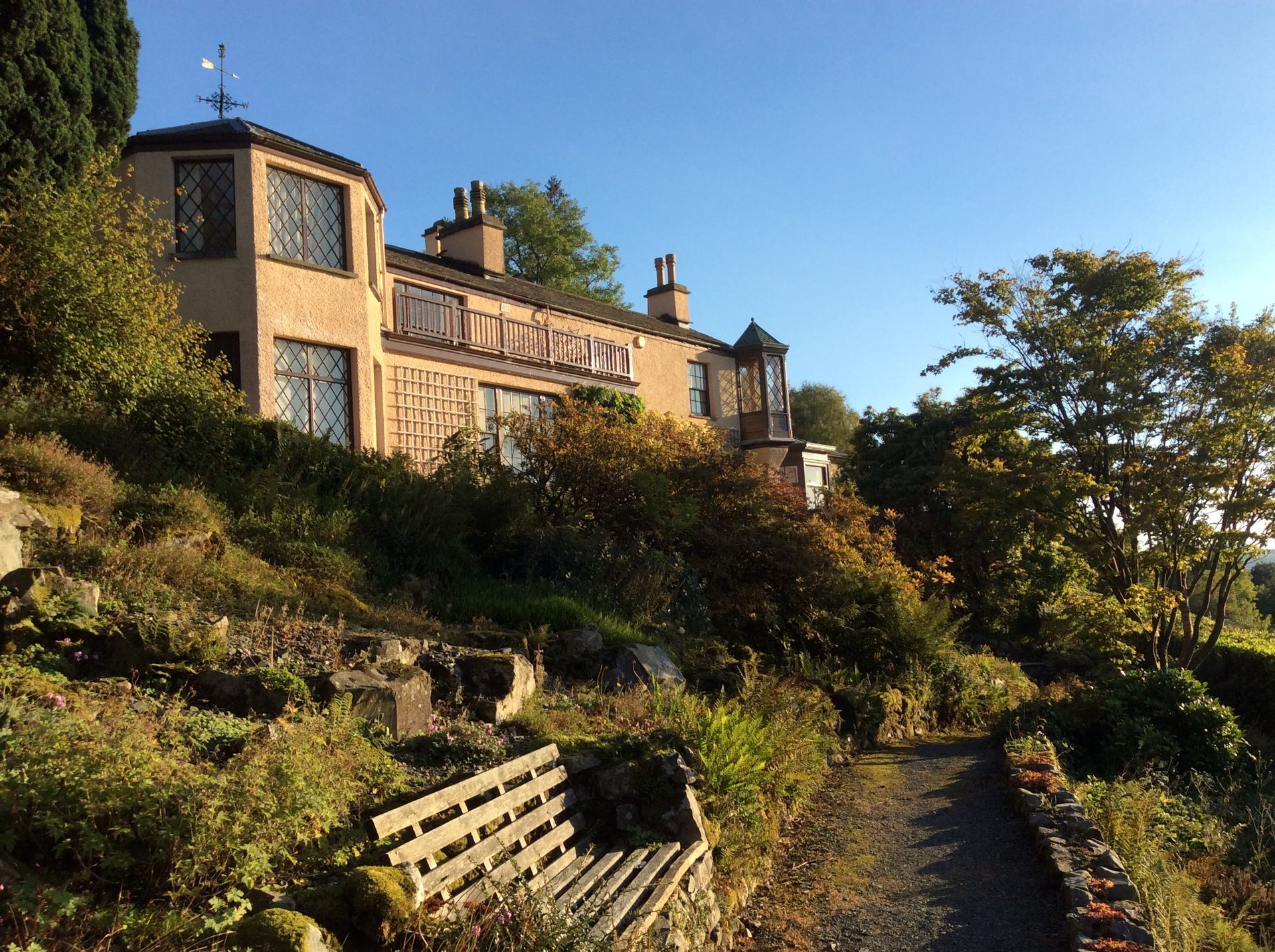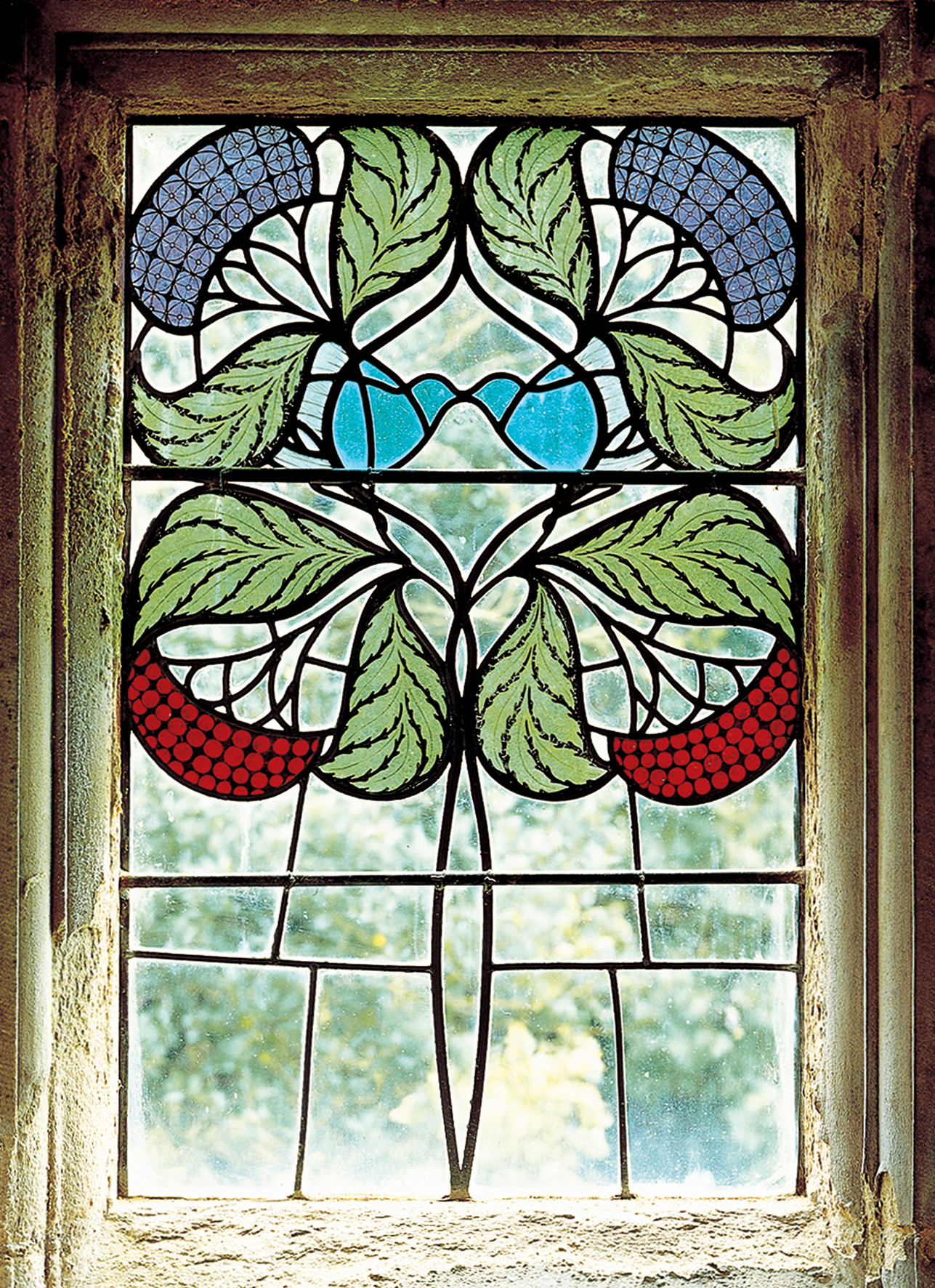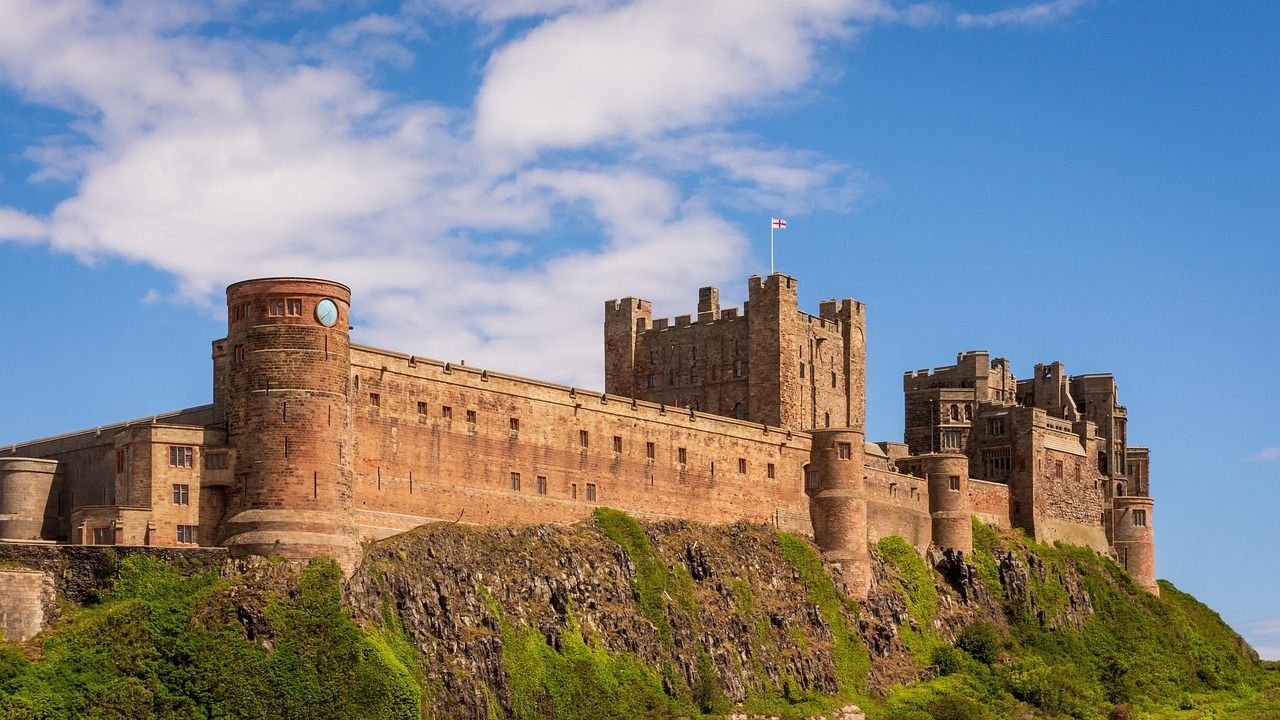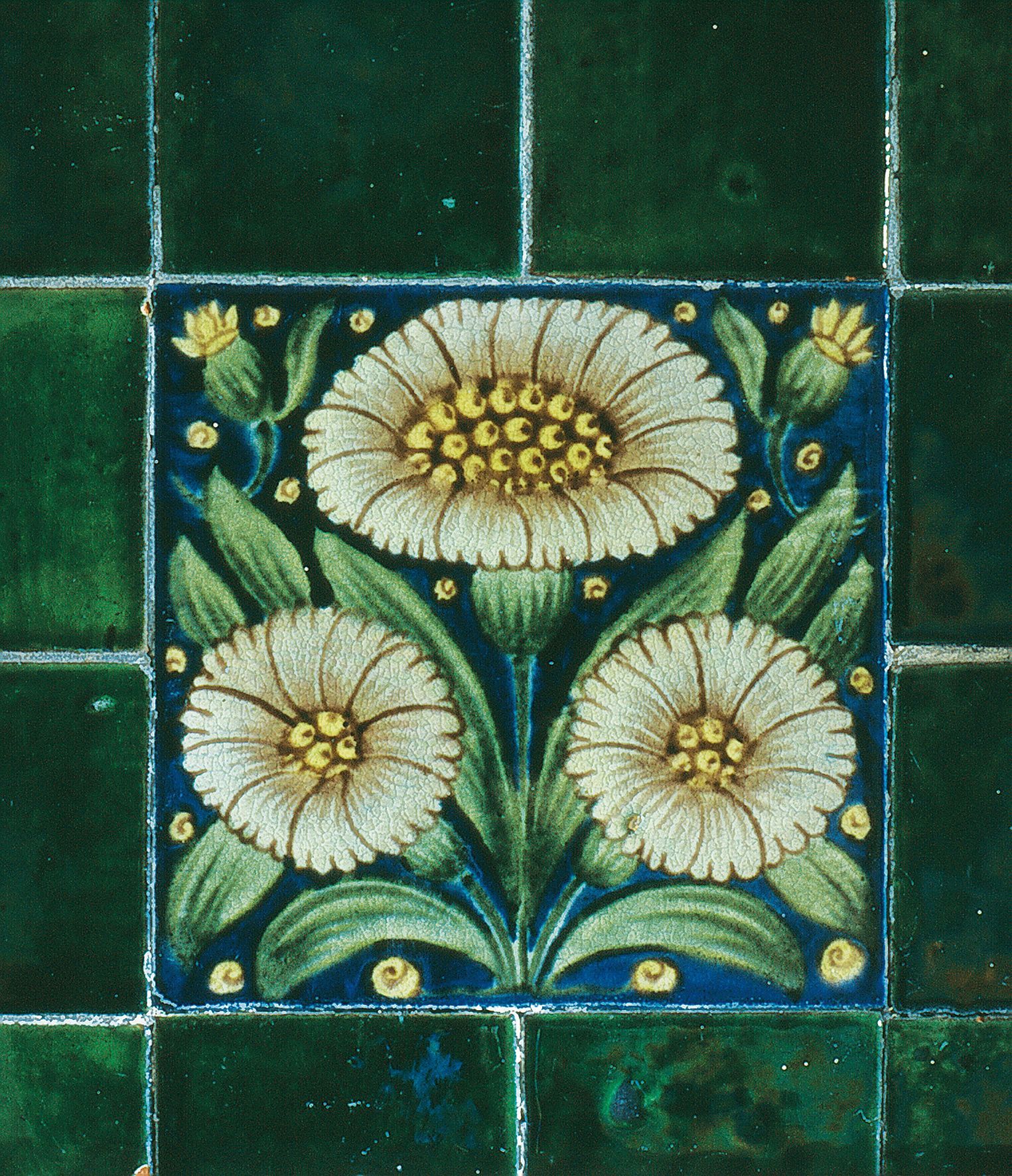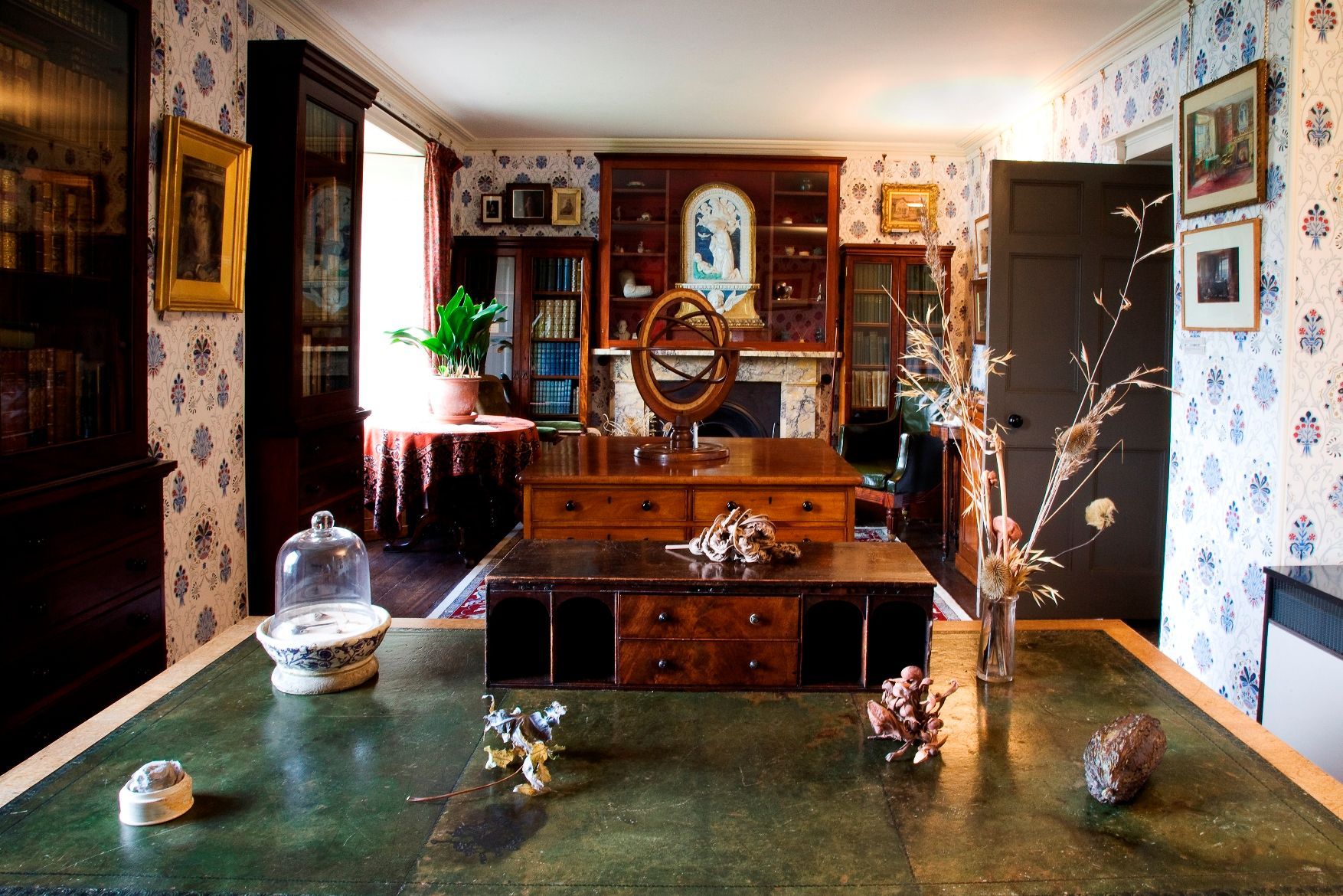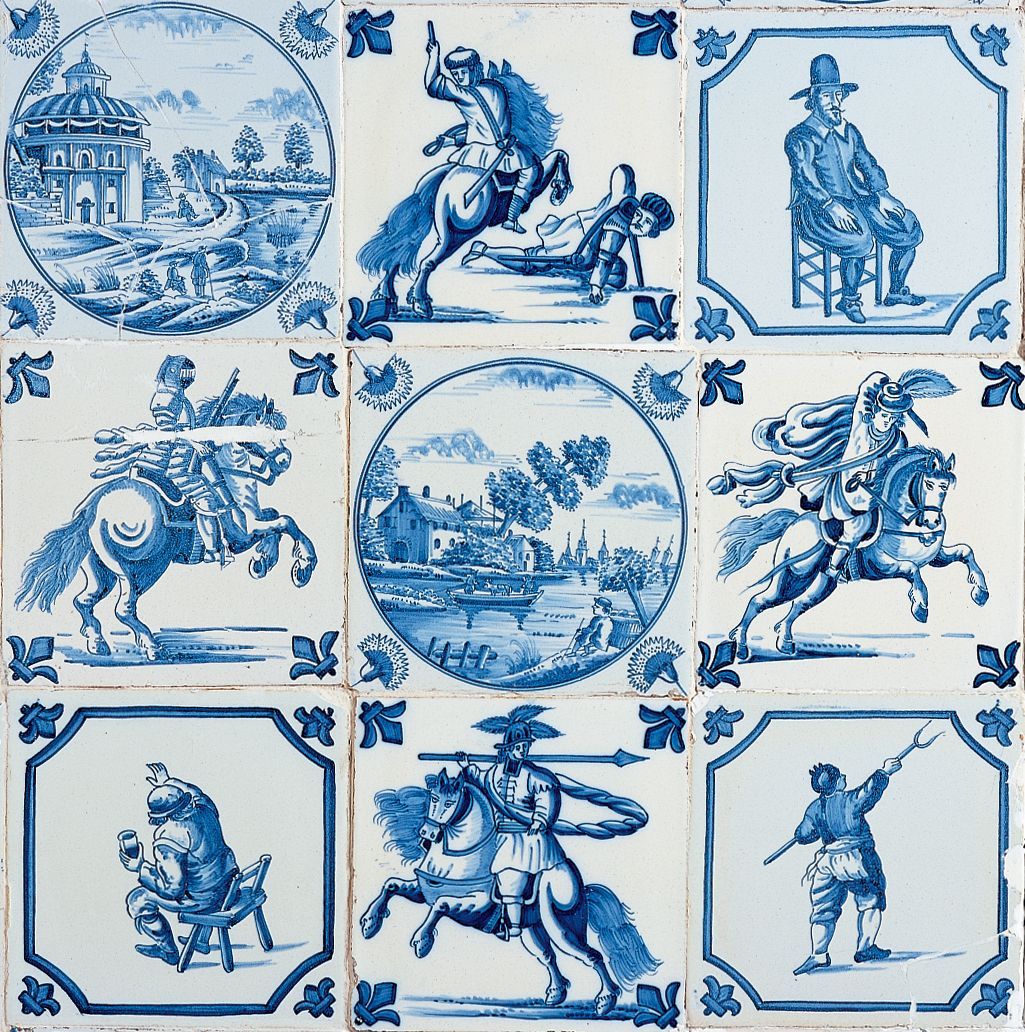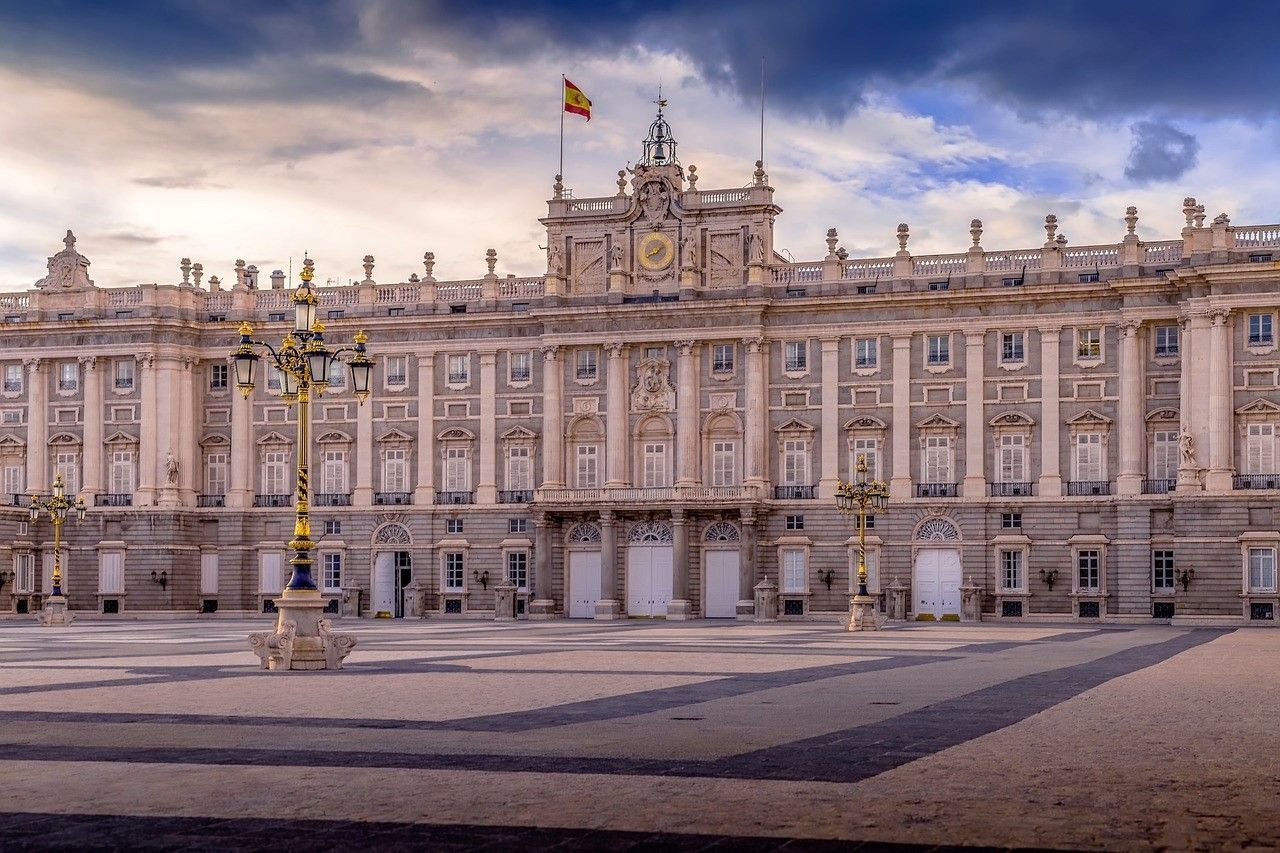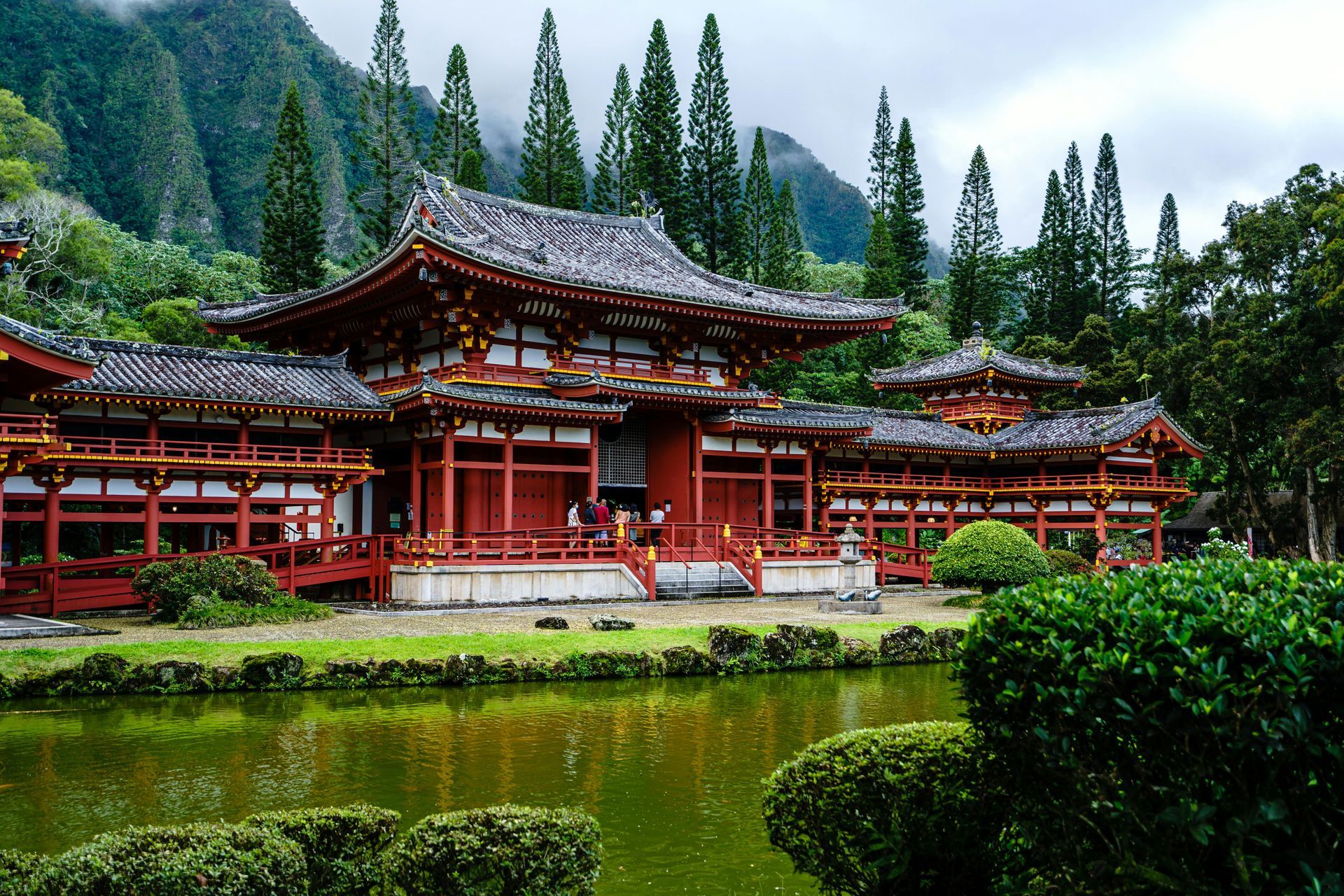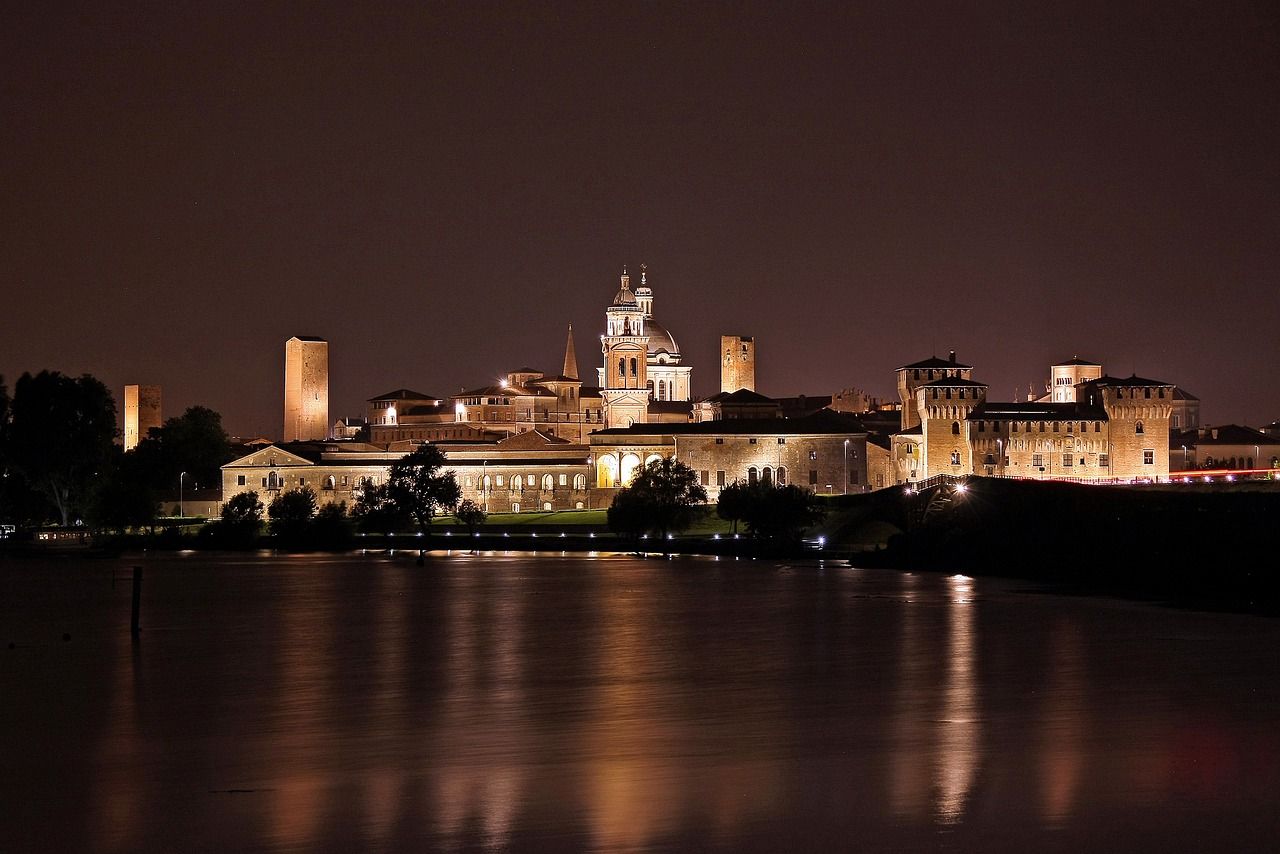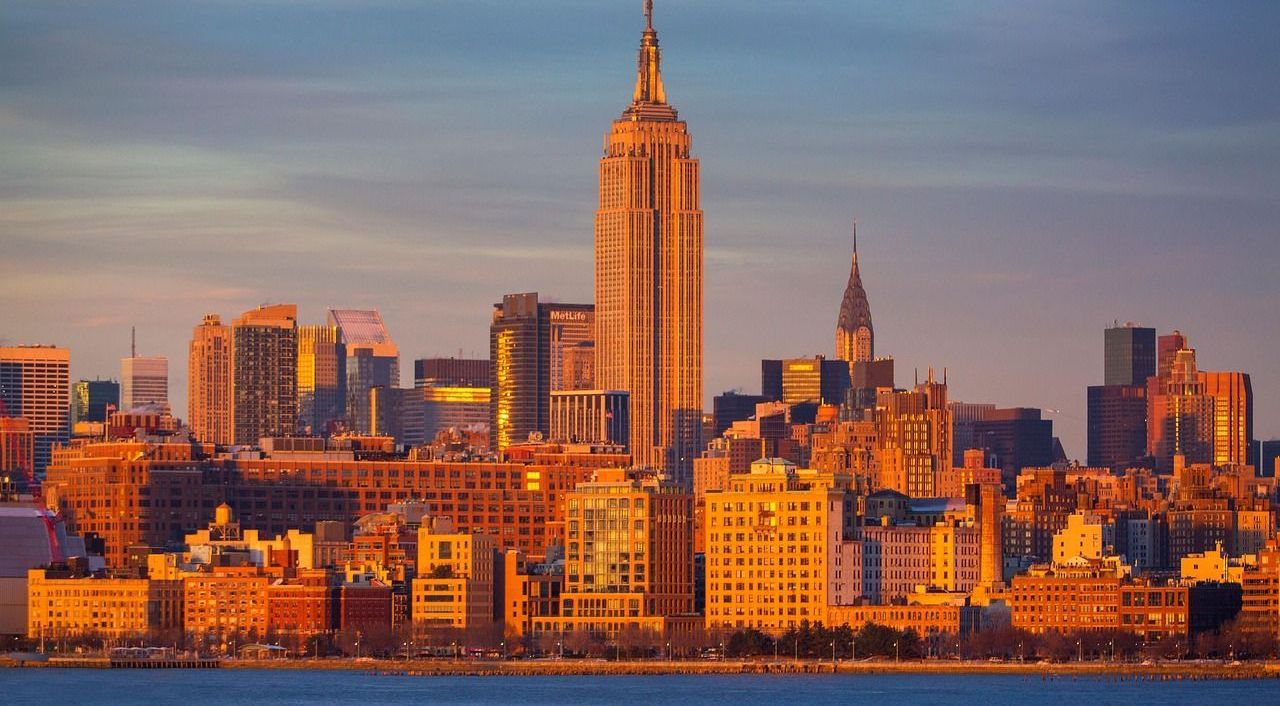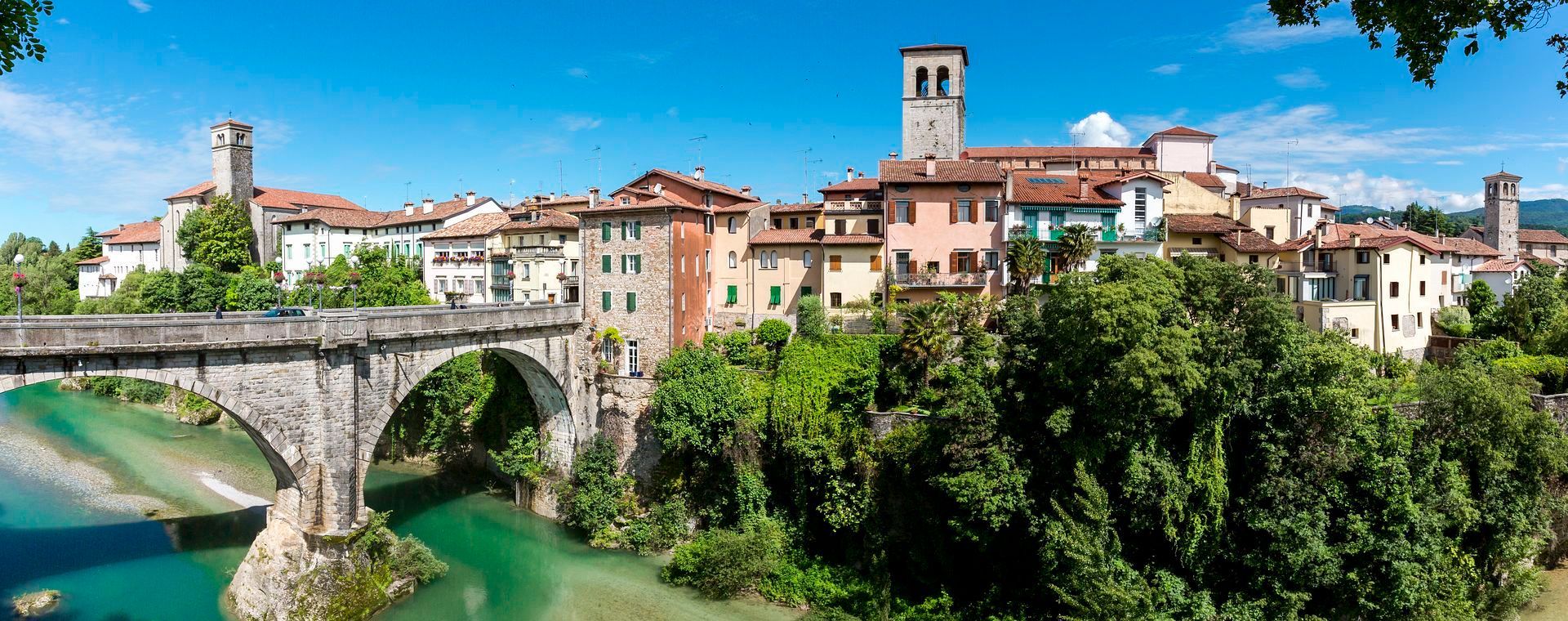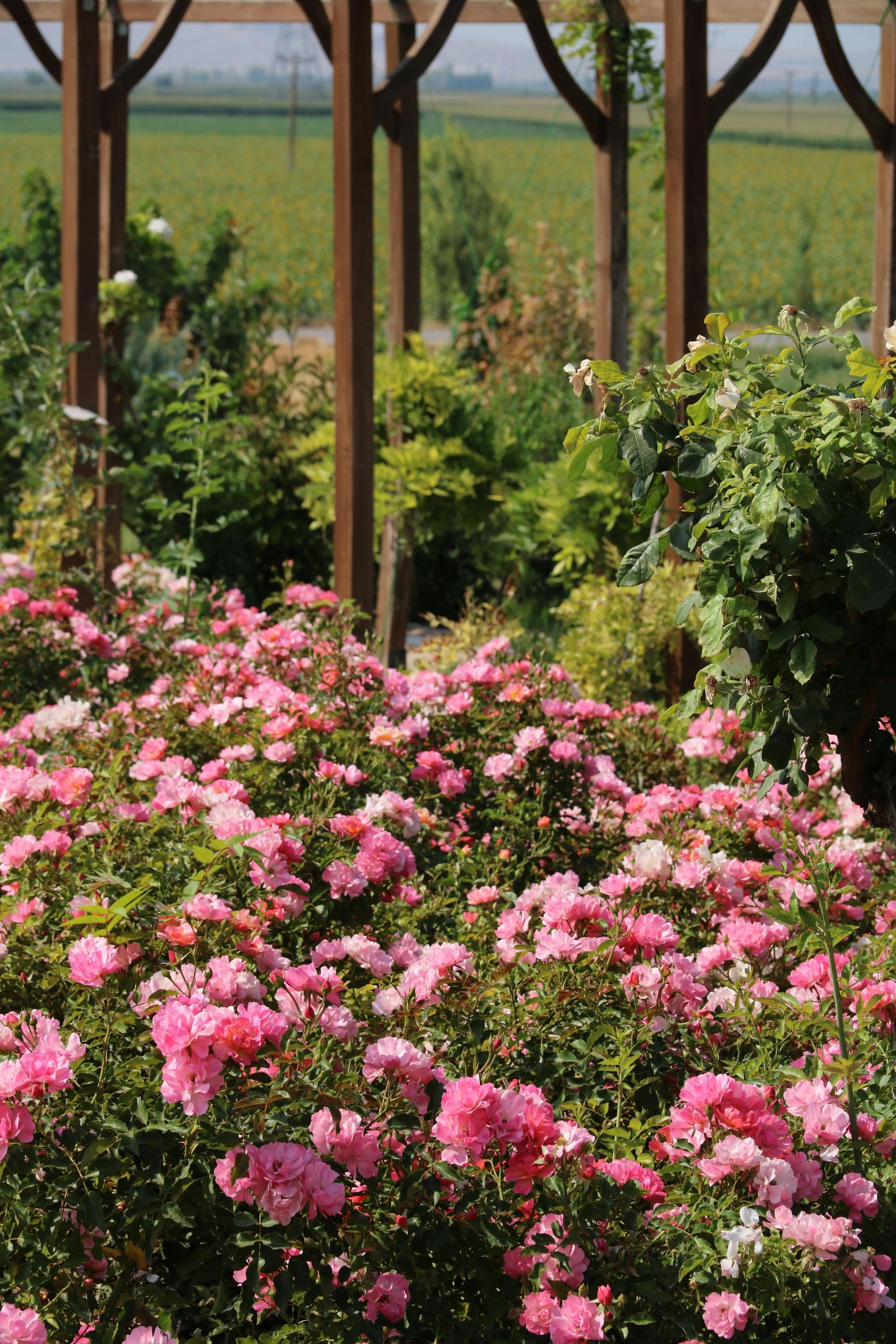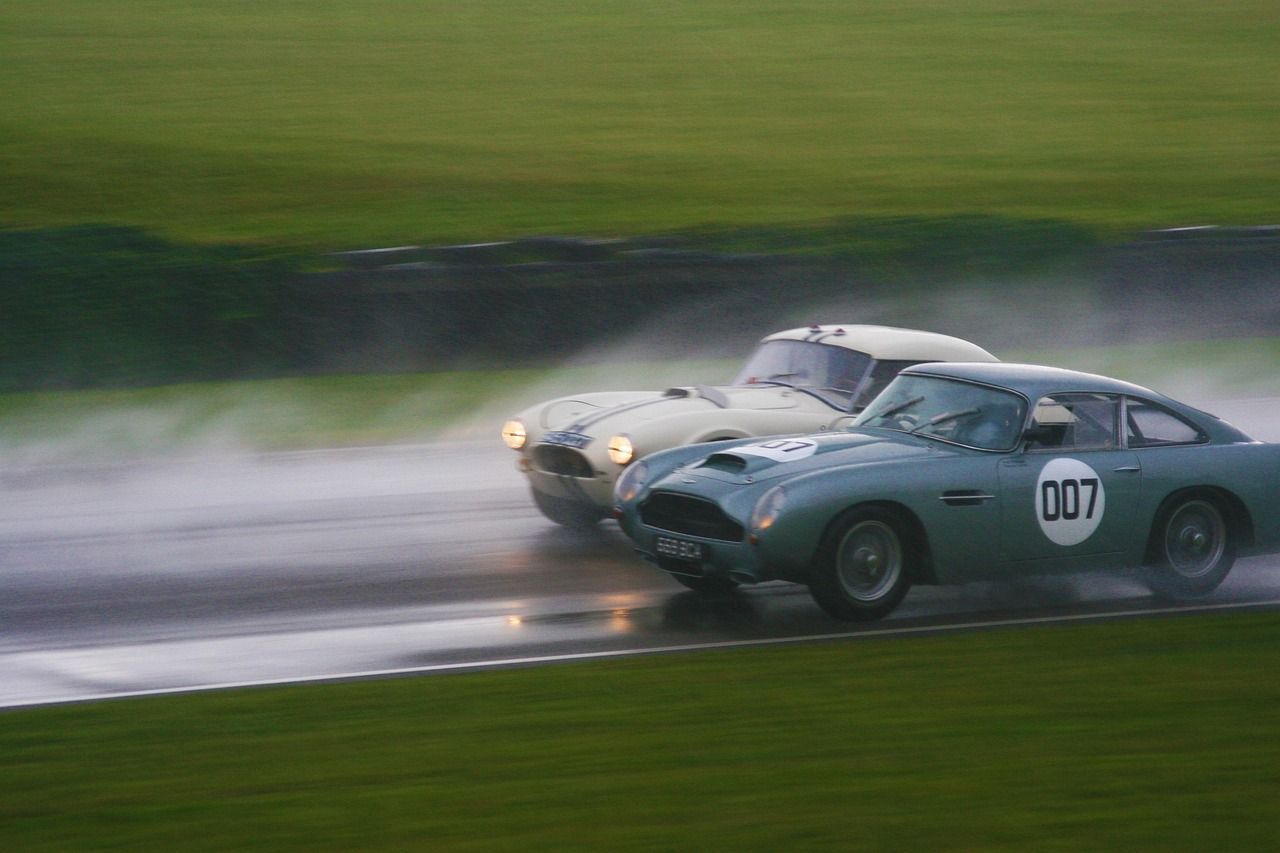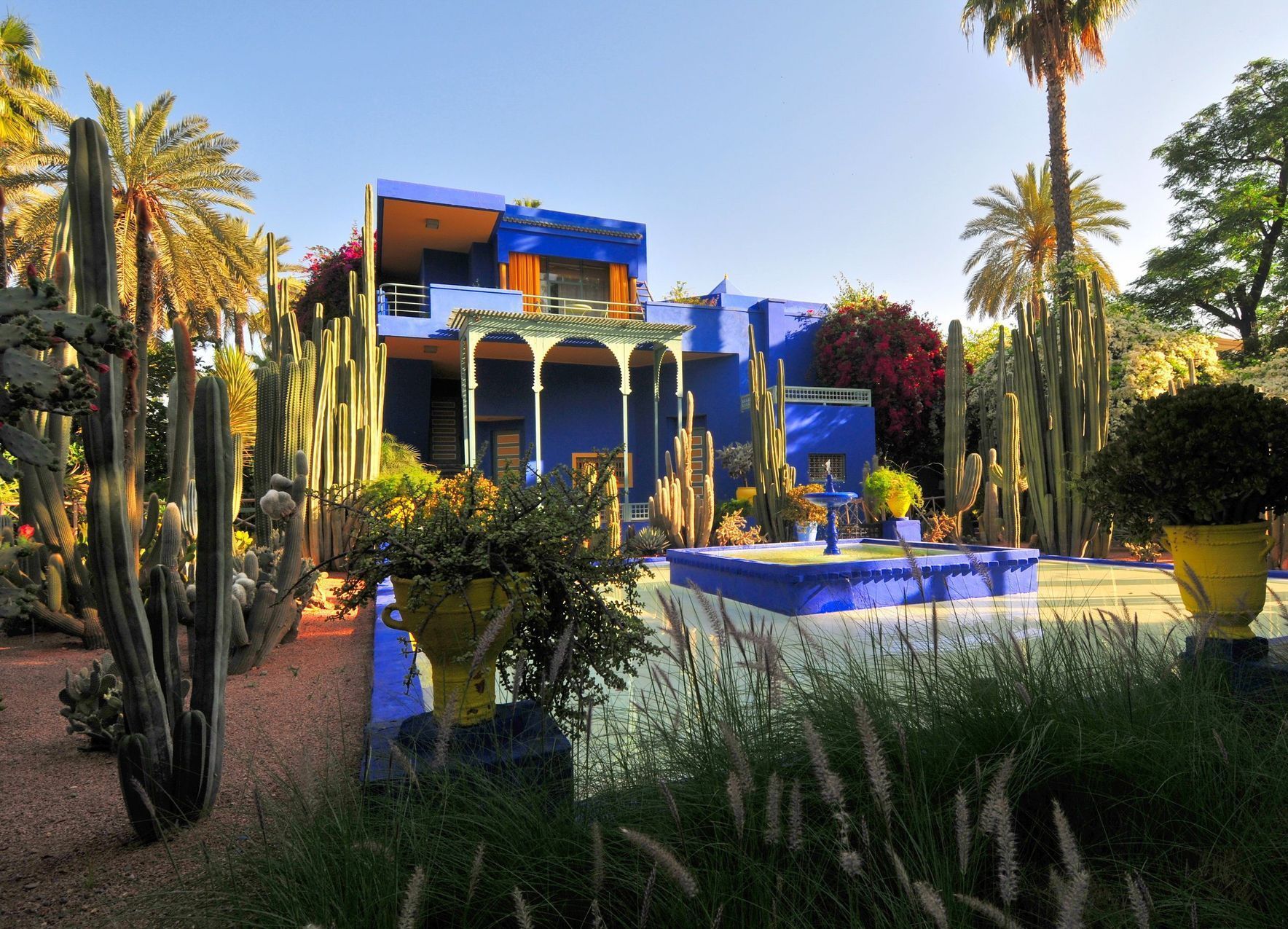NORTHERN LIGHTS The Arts and Crafts from the lakes to the borders
5 days | £2195 per person | 7 - 11 July 2026
The Arts and Crafts from the lakes to the borders
Mention the Arts and Crafts Movement and most people’s minds will go immediately to the south of the country: to the Cotswolds, home to Chipping Campden and William Morris’ beloved Kelmscott Manor, or perhaps the Home Counties, where Morris’ first home, The Red House, and Munstead Wood, Gertrude Jekyll’s first collaboration with Edwin Lutyens are to be found. But the magnates of the North, whose money came by commerce rather than inheritance, were nothing if not ambitious, and determined to set their own mark on the long traditions of the aristocratic country house built in the style of the age. Which, for the late Victorians, increasingly meant some variant on the theme of the Arts and Crafts.
This tour explores that Arts and Crafts blossoming in the North, introducing masterly buildings and their spectacular gardens as we travel in time from the beginnings of the Movement to its maturity, and in space from John Ruskin’s historic home and garden on the banks of Coniston Water to Lindisfarne Castle on Holy Island. Even the landscape plays its part, as at aptly-named Cragside, literally nestled into a Northumbrian cliff-face, where a modest hunting lodge became a stately home fit to entertain Royalty with the help of a visionary architect, a large budget and the judicious use of dynamite.
Arts and Crafts architects prided themselves on their sympathy with local styles, materials and techniques in their designs. The diversity of Northern building traditions, from simple farm cottages to towering castles, filtered through the artistic visions of more than a hundred years of Picturesque enthusiasm, offered ample material for inspiration of which they took full advantage. From the Lake District to the Scottish Borders the legacy of Morris and his admirers can be found - less generally celebrated than the Cotswolds, perhaps, but certainly no less splendid.
Day to day Itinerary
Day 1
The tour begins at Lake Windermere, where we will meet at the hotel before setting off for an afternoon at Mackay Baillie Scott’s magnificent Blackwell, one of the finest Arts and Crafts houses. Designed and furnished by the architect as a holiday home for Manchester brewing magnate Edward Holt and his family, the house has a deliberately crafted aesthetic of simplicity where furniture and surroundings are seamlessly integrated into a whole and nothing is merely for show. Extraordinarily, despite a chequered history including some thirty years as a school, the house retains almost all its original architectural features, inside and out, and the Lakeland Arts Trust - which acquired the house in 1999 - have refurnished it with a carefully chosen selection of outstanding Arts and Crafts pieces, many by Baillie-Scott himself. Outside, the gardens have also been lovingly restored to the original designs of renowned garden designer Thomas Mawson, who paid as much attention to the ‘spirit of place’ in his arrangements of terraces and vistas as Baillie-Scott did in his use of local materials and traditional methods; architect and landscape artist working in perfect accord. After taking time to appreciate this unique place, we return to the hotel to settle in and enjoy a group dinner.
Day 2
Today begins with a trip back to the roots of the Arts and Crafts Movement, as we visit Brantwood, on the shores of Coniston Water, John Ruskin’s treasured haven from the modern world, and the place where he passed the final years of his life. Originally an eight-room cottage, the house today is a splendid amalgam of architectural styles, including the Turret Room, Lodge and Dining Room added as part of Ruskin’s extensive renovations, which continued throughout his 28 years in residence. The best way to appreciate Brantwood is from the water, and we will take a launch across from Coniston Pier to Ruskin’s own harbour, before a short walk brings us to the house, where many of his possessions remain in situ, including his outstanding collection of minerals, a lifetime in the making. His collection of Turner drawings was dispersed after his death, but his bedroom is still hung with reproductions of his favourites, displayed in the original frames. After an independent lunch at the café in the former Coach House, enjoying spectacular views over the lake, we will explore the gardens, planned and managed by Ruskin and his cousin, Joan Severn. Of especial interest here is the terraced Dante Garden, designed by Ruskin to reflect the stages of Dante’s ‘Purgatorio’. Returning by water and short we continue on to another outstanding Arts and Crafts creation: Charles Voysey’s Broad Leys, completed in 1899 and considered to be his masterpiece. The house, where Beatrix Potter spent family summer holidays and which was used as a hospital during World War I, now belongs to the Windermere Motor Boat Racing Club, which has taken care to preserve its original architectural features. Exploration of the house and gardens (also laid out by Mawson), is followed by dinner in the Dining Room - still as Voysey imagined it, including glorious views across the lake to the fells - before returning to the hotel.
Day 3
Today we head north across Hadrian’s Wall, with a stop at Chesters, the best-preserved Roman cavalry fort in Britain, thanks to the efforts of Newcastle town clerk, landowner and antiquarian John Clayton, who grew up there, and later dedicated his life to the Wall and its archaeology. A true Victorian, his excavations (the last one when he was in his 90s), including establishing the Chesters Museum, opened to the public in 1896 and still occupying its original buildings. After a coffee stop at the Chesters Tea Room, we continue north to our next Arts and Crafts architectural phenomenon and architect Norman Shaw’s most dynamic achievement: Cragside. Built for arms magnate, scientist and inventor, William Armstrong, Cragside was the first house ever to be lit entirely with electricity, generated in true Arts and Crafts style by the world’s first hydroelectric power station, built on the estate. Designed equally as an impressive setting for entertaining Armstrong’s international clientele and a showcase for his fine art collection, the house had to be built literally into a cliff-face, dropping a full storey from the back rooms to the entrance front. The interior has remained largely untouched and features fine works by Morris and Co and their local disciples, alongside an original Turkish bath, electric spit and prototype washing machine, and a fabulously flamboyant marble fireplace.
Cragside’s gardens are as breathtaking as the house, spanning both sides of an immense gorge which William Armstrong bridged with an elegantly arched iron footbridge made in his own workshops. Margaret Armstrong was an enthusiastic gardener, and much of her planting remains, including one of the largest rock gardens in Europe, a Pinetum housing the tallest Douglas fir in the country, and a formal garden with state-of-the-Victorian-art greenhouses. After independent lunch in Cragside’s charming Tea Rooms we spend the afternoon touring the house and gardens, before proceeding to the luxurious Doxford Hall Hotel and Spa, an original country house dating back to the early 1800s, with luxurious rooms and beautiful gardens including a modern yew maze for those with energy left for some more exploring.
Day 4
Today begins early in order to take advantage of the tide for our most exciting excursion: across the tidal causeway to the Holy Island, Lindisfarne, whose history as a centre of Christianity in Britain dates back to the 6th century. A thousand years later Henry VIII closed the priory and had a towering castle built on the island’s highest point as defence against the Scots, which by the nineteenth century was partly ruinous, used as a coastguard lookout, and best-known as a picturesque tourist attraction.Then in 1901 it was bought by Edward Hudson, proprietor of Country Life, who handed over to his favourite design team to turn into a summer holiday house. Edwin Lutyens and Gertrude Jekyll transformed the starkly utilitarian remnants of the fort into an Arts and Crafts marvel, expertly integrating old with new to provide Hudson with the perfect setting for the lavish ‘country hose weekends’ he delighted in hosting. Even Jekyll’s garden, replacing the barracks kitchen garden at the foot of the crag below the newly-appointed bedrooms, was designed to reach its peak in high summer for the pleasure of the guests. Our time on Lindisfarne will be spent exploring the Castle and gardens, with a stop for coffee at the charming Pilgrims Coffee House in the island village just below the castle. If time allows there will also be the option of a walk through the ruins of Lindisfarne Priory, before we leave on the next low tide and proceed to our second castle, the mighty Bamburgh, high on the Northumbrian cliffs. Sixth century capital of the Kings of Northumbria, Bamburgh was a Royal palace until the Civil War, when it had the dubious distinction of being the first English castle to be destroyed by cannon-fire. As a ruin it attracted artists of the Picturesque, including Girtin and Turner, before being acquired by William Armstrong of Cragside, who began its restoration as a convalescent home for impoverished gentlefolk. Sadly he died before seeing his million-pound project completed, but the Armstrong family still live at the Castle today, opening it to the public and hosting events while preserving the ancient and less-ancient fabric just as their ancestor intended. The staterooms represent the Victorian mediaevalising imagination at its finest, especially the King’s Hall, with its huge fireplace, false hammerbeam roof and minstrels’ gallery, rich in typical Arts and Crafts details. We will have ample opportunity to explore its splendours - including, weather permitting, a walk along the headland to enjoy some of the finest views in Northumbria - before returning to Doxford Hall for our last night and a final group dinner in the award-winning restaurant.
Day 5
Our final day takes us south again to visit St Andrew’s Church, Roker, one of the glories of the Arts and Crafts in the north. Designed by Arts and Crafts maestro, Edward Schroeder Prior, and dedicated in 1907, the church is not only unique in its innovative combination of reinforced concrete with locally quarried stone and its spectacular, pillar-free nave, but has interior fittings by the leading lights of the movement, including a William Morris carpet and a version of the famous Morris & Co tapestry ‘The Coming of the Magi’ designed by Burne-Jones. Metalwork and furniture by Ernest Gimson, Harry Payne’s fine stained glass and a ceiling painting by Lutyens’ favourite, Macdonald Gill, who also worked at Lindisfarne, complete an array which fully justifies St Andrews’ unofficial title of ‘Cathedral of the Arts and Crafts’. We continue to Mount Grace Priory, House and Gardens. After an independent lunch at the Orchard Café in the Priory grounds, designed and built in 2018 in the best traditions of the Arts and Crafts Like the Lindisfarne community, we visit the site of the best-preserved relics of the Carthusian monastic order in England. Mount Grace fell victim to Henry VIII’s Dissolution of the Monasteries; most of the priory buildings, including the church, were left to decay, but part of the guest wing was converted to a manor house, which in 1898 was bought by ironmaster, politician and enthusiastic supporter of the Arts and Crafts, Lowthian Bell. Bell conserved the monastic ruins, and refurbished Mount Grace as a weekend house in fine Arts and Crafts style, employing Morris & Co to oversee the project alongside architect Ambrose Poynter (Burne-Jones’ nephew and a disciple of Philip Webb). Now managed by English Heritage, a recent make-over has restored the rooms to their nineteenth-century glory, including carefully sourced furniture and an original Morris carpet. Most recently the gardens have also been restored to reflect the combined monastic and Victorian heritage of this lovely place by TV gardener Chris Beardshaw., before taking the coach to Northallerton Station.
Belsfield Hotel
The Belsfield Hotel is a luxurious property located on the eastern shore of Lake Windermere. The hotel boasts beautifully appointed rooms, blending classic elegancy with contemporary comfort and modern amenities. Guests can enjoy a several dining options at the hotel from their Belsfield Restaurant, awarded to AA Rosettes, to The Terrace, offering a selection of cocktails and light bites.
Doxford Hall Hotel & Spa
This beautiful country house hotel situated in the serene countryside of Northumberland is set within 10 acres of private grounds, providing guests with the opportunity to truly relax. Individually styled rooms embrace original features of the Georgian building such as grand windows and exposed beams and brickwork.
Price: £2195
Single Supp: £225
Deposit: £350
Departure Dates:
7 - 11 July 2026
Duration:
4 nights / 5 days
Your Holiday Includes:
- Two nights’ accommodation at the Belsfield Hotel
- Two nights’ accommodation at the Doxford Hall Hotel and Spa
- Private coach transfers and excursions
- Three evening meals
- Guided visits to the sites and monuments listed in the programme
- Services of the Tour Lecturer and a Tour Manager
- Detailed programme and study notes
- All entrance fees, taxes, and gratuities for coach drivers and serving staff
Tour Lecturers
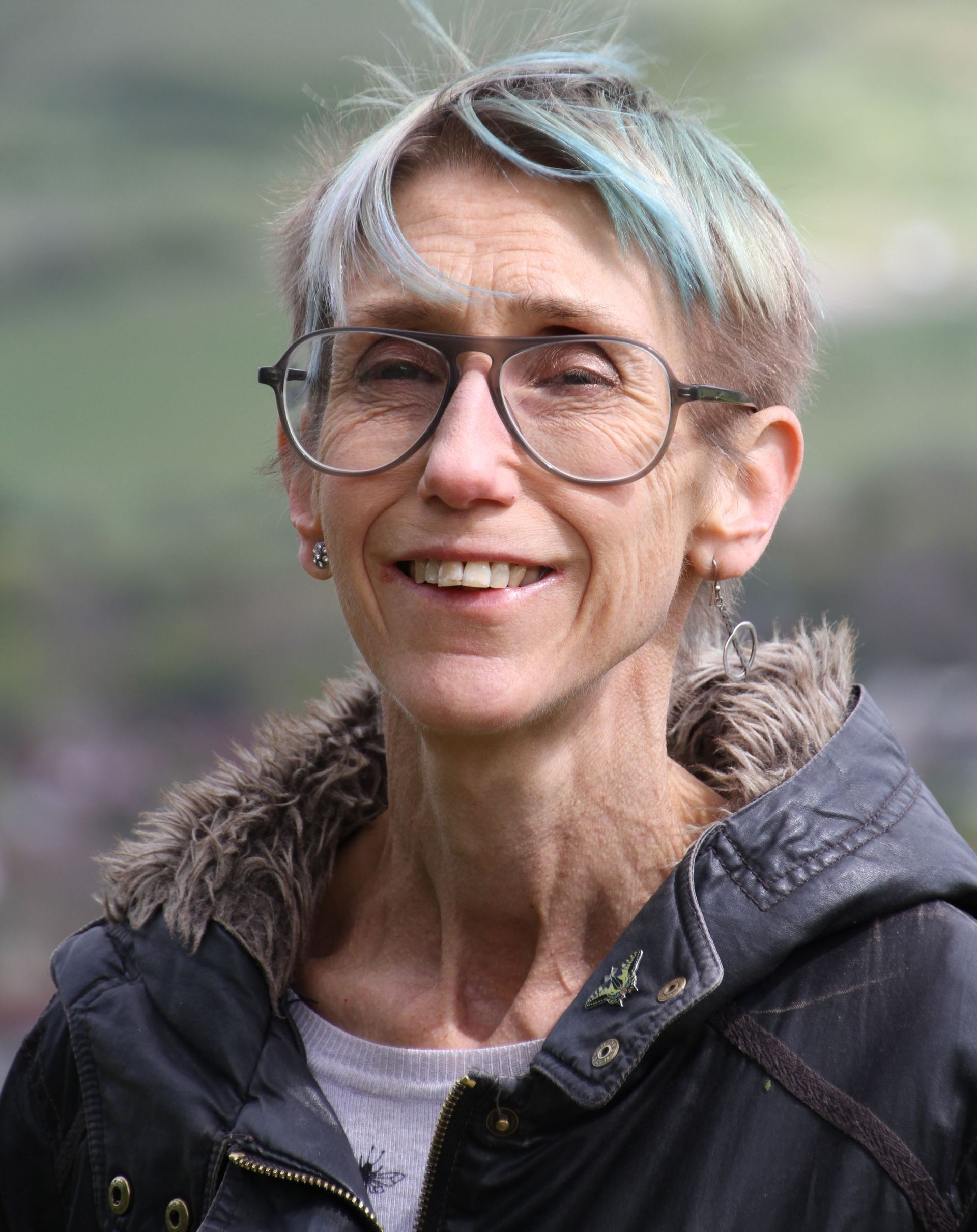
Dr Justine Hopkins
Dr Justine Hopkins is a freelance writer and lecturer, specialising in art of the 19th and 20th centuries. Justine has taught for various universities, including Bristol, Cambridge, Oxford and London and lectures at Tate, the V&A, the National Gallery and for numerous independent art groups. She has published articles in various journals, most recently on the 2024 National Gallery bicentenary celebrations.
Travel Information
The price does not include extras at the hotels or travel insurance.
Please note that Art Pursuits use hotels of character featuring a variety of rooms & styles.
Stamina
Please note that some of our tours can involve a fair amount of walking, sometimes across uneven ground, without the opportunity to sit down for at least half an hour. Please contact us if you would like more information.

